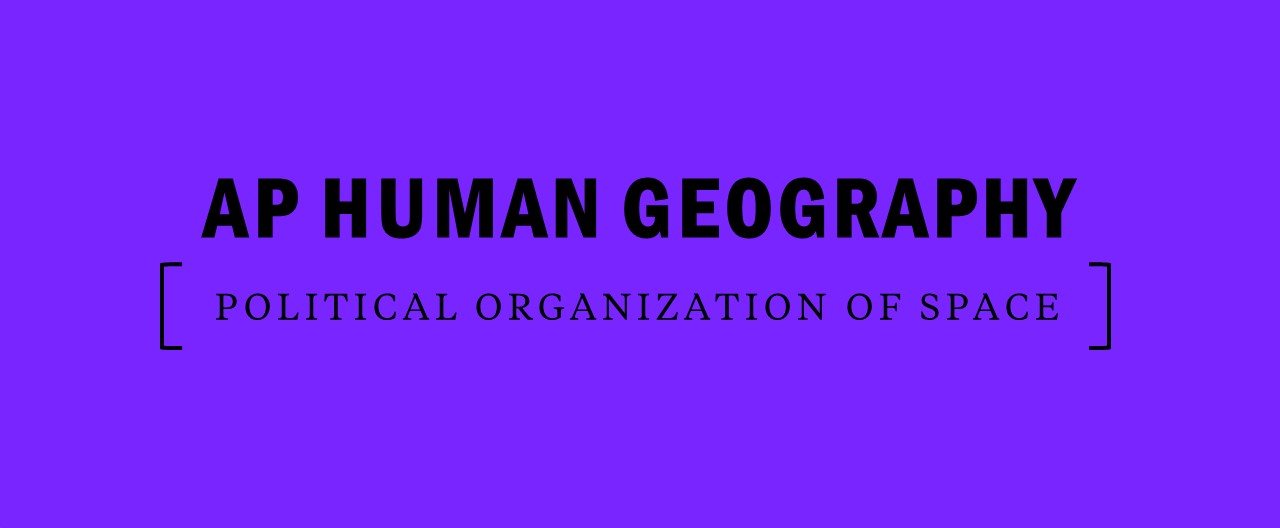AP Human Geography: Cultural Patterns and Processes Notes
Cultural Patterns and Processes Key Terms
The Meaning of Culture
- Material culture: Anything that can physically be seen on the landscape.
- Built environment: Produced by the physical material culture, the built environment is the tangible human creation on the landscape.
- Nonmaterial culture: Anything on the landscape that comprises culture that cannot be physically touched (e.g., language and religion).
- Folk culture: The practice of particular customs of a relatively small group of people that increases that group’s uniqueness.
- Folklore: Traditional customs, beliefs, and stories of a community, passed from generation to generation by word of mouth.
- Popular culture: Culture that is not tied to a specific location but rather a general location based on widespread diffusion.
The Cultural Landscape
- Cultural landscape: Cultural attributes of an area often used to describe a place (e.g., buildings, theaters, places of worship).
- Natural landscape: The physical landscape that exists before it is acted upon by human culture.
- Adaptive strategy: The way humans adapt to the physical and cultural landscape they are living in.
Music and Culture
- Folk songs: Composed anonymously and passed down orally from generation to generation; lyrics are derived from events in the daily life of a particular group of people.
Food and Culture
- Folk food: Traditionally made by particular people in a region; forms part of their culture.

